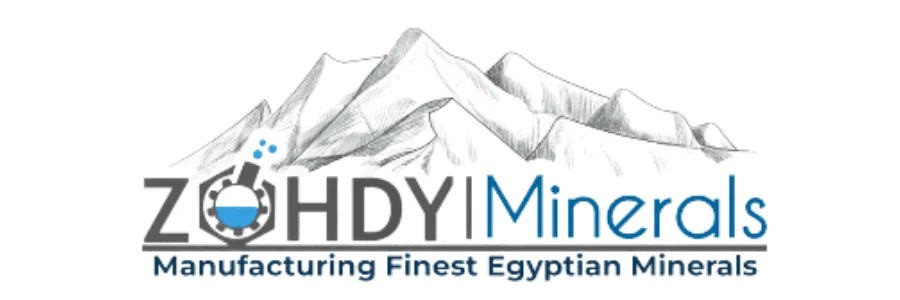Rock Salt
Rock salt is a type of salt left behind by ancient oceans and lakes that dried up millions of years ago. These salt layers were later buried under rock formations and are now found underground or within mountains. Rock salt refers to the dry form of salt extracted from sedimentary rock layers using mining methods. Most rock salt is mined underground, though in salt deserts, it can also be collected from surface deposits.
Rock salt deposits can be found worldwide, especially around dry lakebeds and river mouths in arid regions. During different periods in geological history, large bodies of water such as the Mediterranean Sea and parts of the Atlantic Ocean evaporated, leaving behind massive rock salt deposits. Over time, these deposits were buried by marine sediments. However, since halite (rock salt) is less dense than overlying materials, it often pushes upward through these layers to form dome-like structures.
Rock Salt Mining
Rock salt is primarily mined through underground mining, one of the most dramatic methods of salt extraction. Large machines move through cavern-like tunnels performing various operations. Salt mines are among the safest types of mines. Temperatures inside them remain relatively stable year-round, around 70°F (21°C), though this can vary depending on depth.
Salt can appear in veins, similar to coal seams, which are the original salt deposits. It may also form in domes, which occur when geological pressure forces salt to rise through cracks in the earth’s crust from depths of 30,000 to 40,000 feet. These domes are generally rounded structures, ranging from a few hundred meters to over a mile in diameter.
Some domes reach close to the surface, and both domes and veins are mined using similar techniques. In North America, most salt domes are located in the southern U.S., stretching from Alabama to Texas, with many found underwater in the Gulf of Mexico. To access a rock salt mine, miners descend a shaft from the surface to the salt layer. Typically, there are two shafts:
- One for personnel,
- The other for lowering equipment and extracting salt.
These shafts also deliver fresh air to miners working hundreds or even thousands of feet below the surface. Most mine shafts are lined with concrete walls known as shaft liners.






